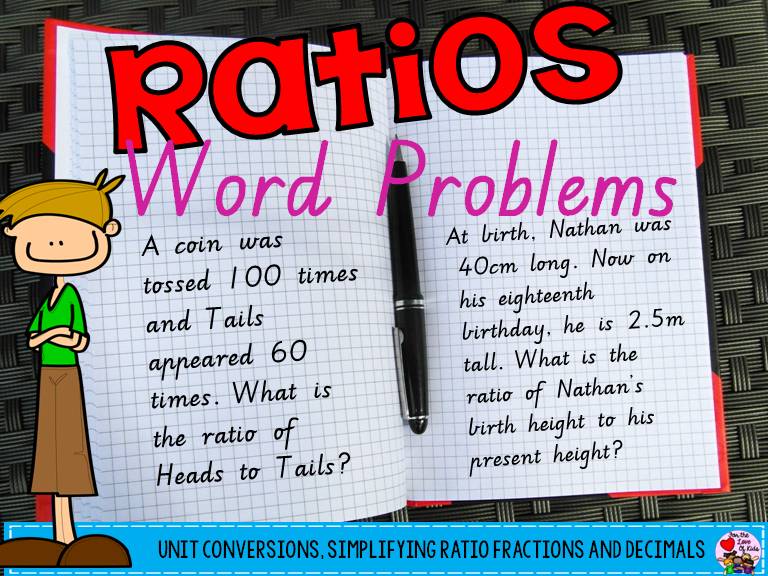Teach2Tell
Hello! My teaching experience includes teaching students at the Primary and the Middle school levels. I find each teaching experience so unique and a scaffold for further teaching and learning. As learning is eclectic, I focus on creating resources that are not just practical and meaningful but also fun. So connect with me to motivate, inspire, and empower. Laurane @teach2tell.com
























